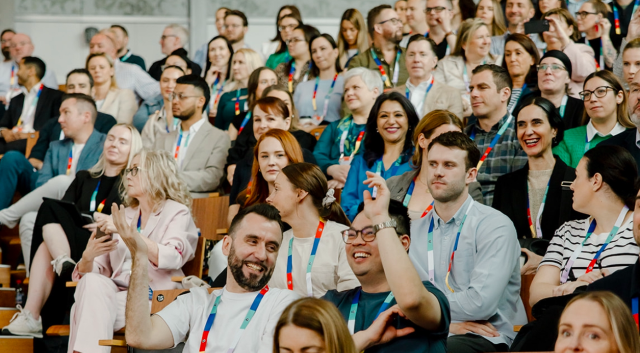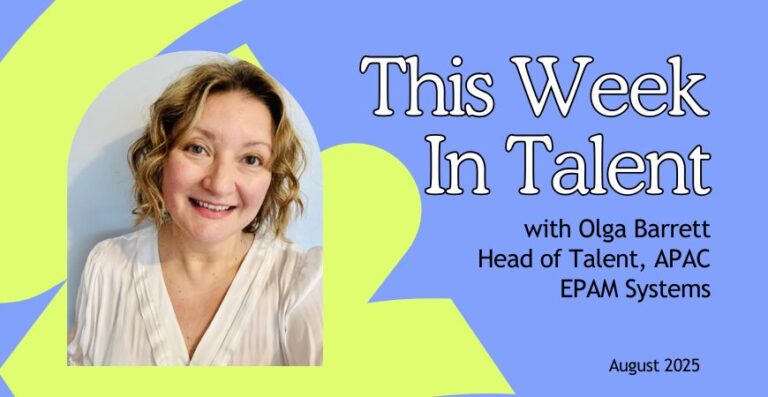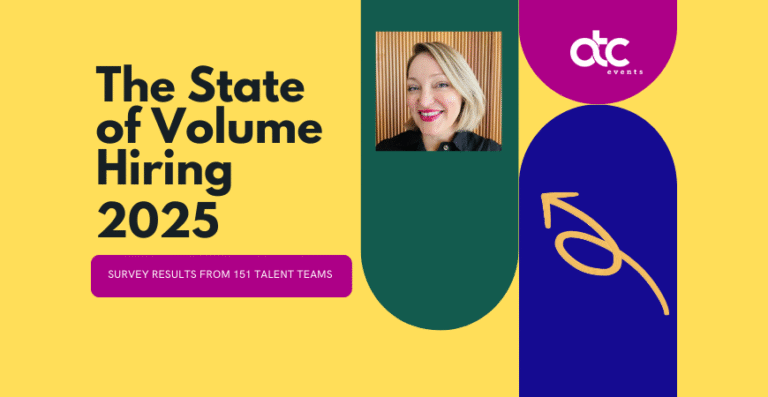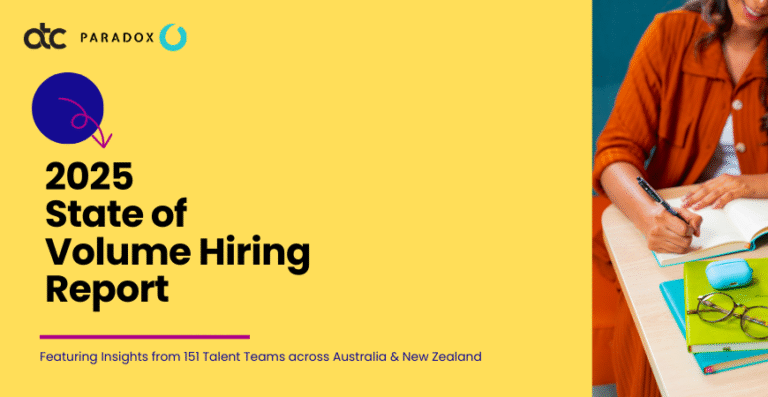A practical guide
Many TA leaders are planning their annual strategy workshops. Having facilitated dozens of these sessions, I’ve learned what works (and doesn’t) to create meaningful alignment and actionable outcomes.
Understanding the big questions you want answered is always key to these strategy workshops. Less is more – I sometimes feel some TA Leaders are over-ambitious in tackling these questions. Ideally, 2-3 big questions are what you want to truly focus the team and set your strategy.
Looking at these ten questions, these may be:
- Talent Landscape & Market Position- How does our value proposition in our key sectors resonate with the market?
- AI & Technology Integration: What is our AI strategy, and how can we use AI to improve the business and remain competitive?
- Operating Model & Delivery – how do we measure and demonstrate our value?
- Business Partnership & Influence: How effectively are we partnering with the business, and are we viewed as strategic business partners?
- Team Capability & Development – what capabilities does our TA team need, and how do we build a future-ready TA function?
- Skills & Internal Mobility – how do we build a skills-first organisation and make internal mobility a competitive advantage?
- Talent Advisory – how do we transform from Talent Acquisition and add more business value?
- Change & Risk Management – What are our key risks and blockers, and how are we addressing them?
- Cost and Investment: Given the economic climate, how can we optimise our investment in talent acquisition to achieve a tangible ROI?
- Culture & Diversity – how are we driving diversity outcomes
Foundation Setting
Before diving into workshop activities, it’s worth setting proper foundations. We use frameworks like A2A (Aligned to Achieve) to ensure everyone sees how their role connects to organisational goals and TCS Insights to understand your team’s starting point. This creates a context for the engaging activities that follow.
The Fundamentals
First up, nail down these basics:
- Timing: One complete day minimum, two days if you tackle major strategic shifts.
- Location: Strongly consider offsite – the mental break from the office helps shift thinking from operational to strategic.
- Facilitation: I recommend using a professional facilitator with industry knowledge.
- Participants: Your core TA team is essential, but consider including:
- Key hiring managers (morning session only)
- HR business partners
- Recruitment technology partners
- External TA strategists who can challenge your thinking
- Leave White Space: Do not overcrowd the workshop with sessions. The ability to think, discuss, and connect will help you achieve your key workshop objectives.
- Team Dinner: I love a great meal and a beautiful wine, but I couch moderation. Having run many events over 18 years where we have had dinners there is a trade-off in low energy the next day.
Core Workshop Activities
I use several tools in these strategy workshops, depending on the desired business outcomes and time available; these tools include:
- Aligned to Achieve for gaining alignment with the business, setting the strategy, identifying blockers, and gaining buy-in. This is a fun activity and a good foundation for the workshop.
- Question Ladder Exercise structured questioning technique to deeply explore your TA challenges.
- 5 Whys and 5 Hows to understand key issues.
- Journey Mapping to look at your stakeholder’s journey through key stages of the Talent Process
- People & Connections Mapping Create a visual representation of your stakeholder ecosystem to improve business partnering.
- Reverse Brainstorming: Instead of asking, “How do we improve hiring quality?” flip it and ask “How could we make our hiring process worse?”
- Knowledge Wall Creation: End the day by capturing and organising collective insights.
Do not overcrowd the workshop with the above. Some structure is great, but too much detracts from each other and the overall workshop outcomes.
Making It Interactive
Beyond these structured activities, keep energy high with:
- Regular movement between exercises
- Mixed small group formations
- Quick energiser activities between sessions
- Plenty of visual documentation
- Regular reflection moments
Post-Workshop Success
The real work starts after the workshop. Plan for:
- One-page strategy summary to share with stakeholders
- Weekly stand-ups on key initiatives
- Quarterly deep dives on progress
- Regular pulse checks on team engagement
Top Tips
- Pre-work matters – send out relevant data and thinking exercises beforehand
- Build in proper breaks – tired teams don’t strategise well
- Capture actions in real-time – assign a dedicated scribe
- End with clear next steps – who’s doing what by when
- Follow up fast – share outcomes within 48 hours
Remember, this is your chance to align your team on what matters most. Keep it focused, make it interactive, and ensure everyone understands their role in delivering your TA strategy.
Setting the Strategic Foundation with A2A
A2A (Aligned to Achieve) can be leveraged in two powerful ways during your workshop:
1. TA Strategy Alignment
Use A2A to ensure your TA function’s strategic direction aligns with broader business goals:
- Map current TA initiatives against business objectives
- Identify gaps in service delivery
- Highlight areas where TA can add more value
- Define clear metrics that matter to the business
- Create visibility of TA’s strategic contribution
2. Business Partnership Framework
Alternatively, use A2A as an account management tool to structure conversations with business leaders:
- Understand business unit priorities and challenges
- Map hiring forecasts against strategic initiatives
- Define success metrics for each business partnership
- Create joint accountability for talent outcomes
- Build structured talent plans for each division
Workshop Application: You might run separate A2A sessions for each purpose:
Morning Session: Internal TA Strategy
- Focus: TA team alignment
- Outcome: Clear line of sight from TA activities to business impact
- Participants: TA team, HR partners
Afternoon Session: Business Partnership
- Focus: Business unit alignment
- Outcome: Partnership agreements and success metrics
- Participants: TA team, business leaders
However you choose to design and run your strategy workshop, ensuring that all participants leave energised with a clear plan of action is the key to implementation.
After all, strategy in action creates success.
Many thanks to our Co-founder and director, Trevor Vas, for sharing this guide. Want to know more about Aligned2Achieve? Check them out here or connect with Trevor to find out more.







